One of the most notable aspects of the conflict in Ukraine remains the prevalence of FPV drones despite countermeasures adopted by both sides. In the case of Russia, tanks and combat vehicles continue to receive improvised armor and electronic countermeasures, solutions that have thus far proven insufficient against Ukrainian drones.
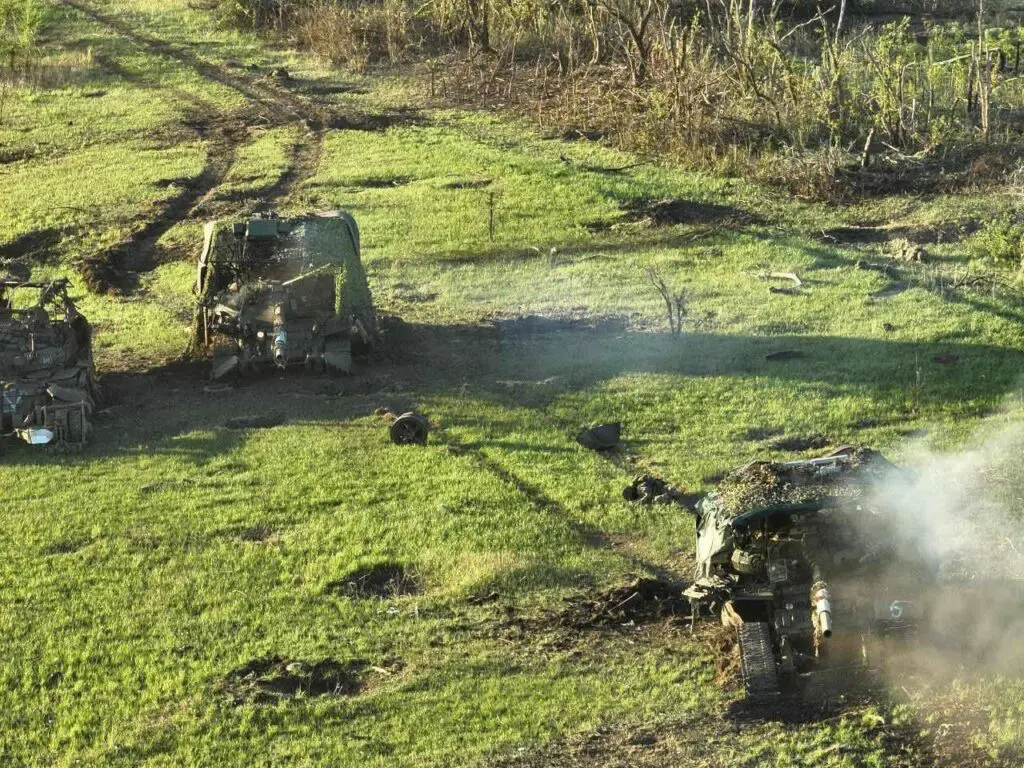
In recent weeks, Russian land forces have experimented with various improvised armor solutions for their armored vehicles, significantly limiting their combat capabilities. Images and sequences captured on the battlefield have revealed tanks transformed into true steel turtles, armored vehicles that may offer better protection against drone attacks but are severely limited in movement, as the adopted configurations considerably restrict turret movement and external visibility, nearly zeroing out the crew’s situational awareness.
Russian armored vehicles are also in the process of incorporating numerous passive solutions to minimize the effectiveness of Ukrainian FPV drones. This has resulted in several models of inhibitors and electronic countermeasures, systems increasingly common in Russian combat vehicles.
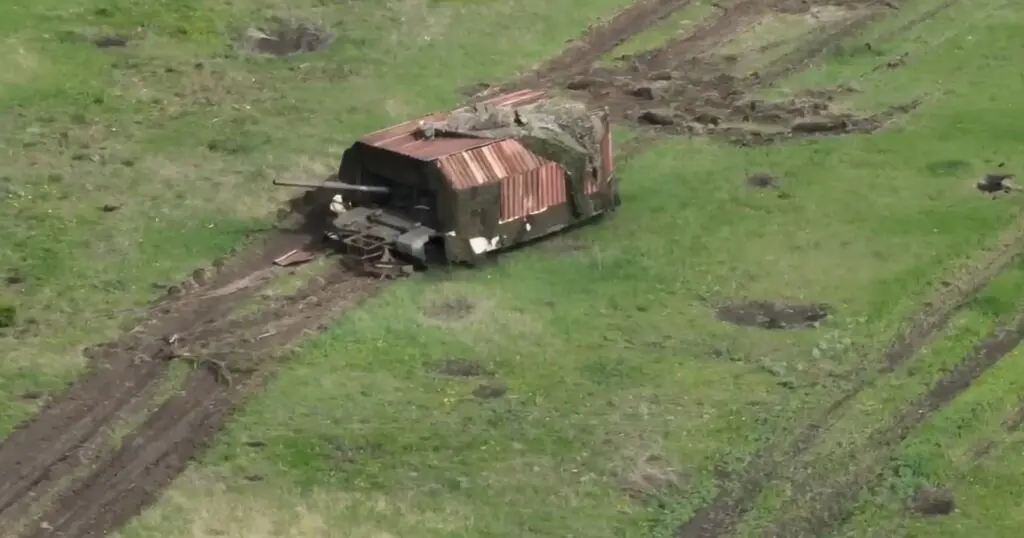
Despite these innovations, mostly implemented on the ground, both Russian and Ukrainian armored forces have failed to address the threat posed by agile FPV drones, which have become a primary offensive and defensive tool on all combat fronts. The Ukrainian Army even had to take drastic measures, withdrawing its M1A1 Abrams tanks from the front lines due to their vulnerability to drone attacks, compounded by the complex situation faced by defending forces due to shortages of ammunition, personnel, and adequate support.
Faced with serious material limitations, Ukrainian ground forces have experienced a significant degradation in their ability to operate as a cohesive element of combined arms, restricted to offering static resistance as they relinquish various defensive lines.
In the case of Russia, the invading forces maintain their advances despite significant material losses. However, the continuous adoption of countermeasures reflects the need to provide better protection to personnel and armored assets to reduce losses. Although the Russian industrial complex has adapted to the rhythms of an ongoing conflict and the belief that Russian forces can absorb the mentioned losses, combat vehicle stocks are not unlimited, and replenishing losses becomes increasingly costly.
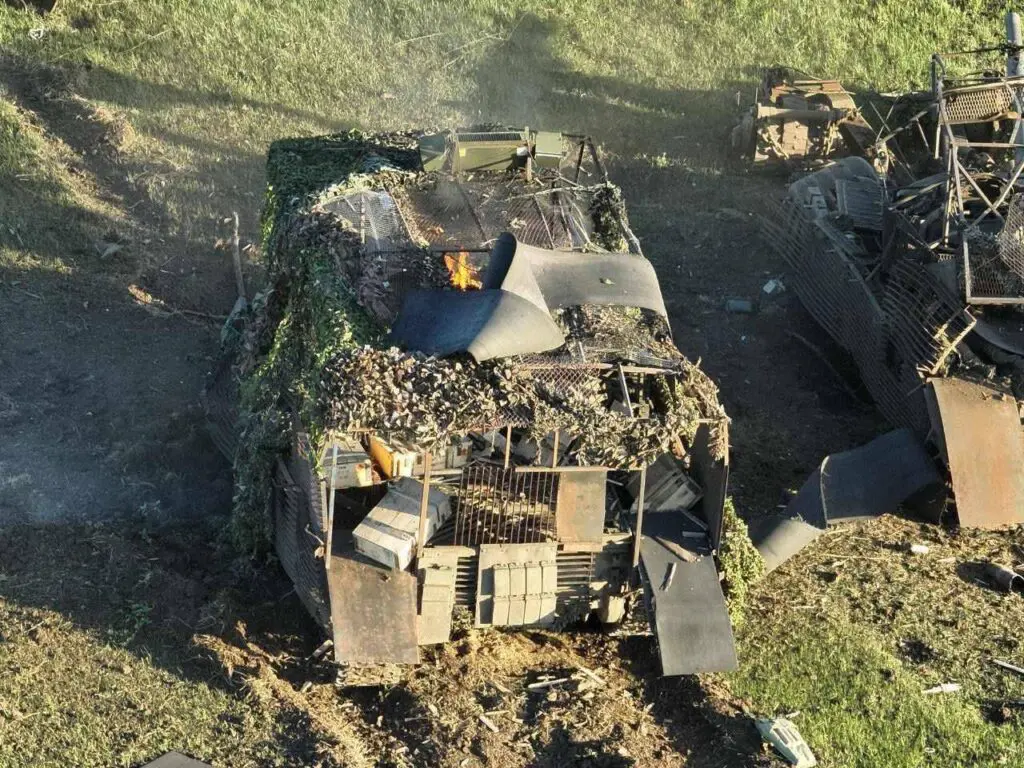
Suffering considerable losses in their offensives, Russian forces prevail due to the inexorable weight of their human and material resources. Nevertheless, the ever-present threat of drone attacks remains an unresolved issue, a situation acknowledged by all actors closely monitoring the developments in the Ukrainian conflict.
You may also like: U.S. approves emergency logistics and maintenance package for Ukraine’s HAWK anti-aircraft systems




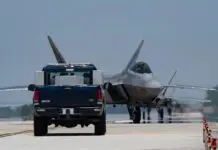



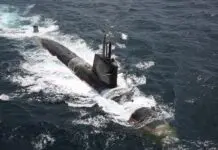
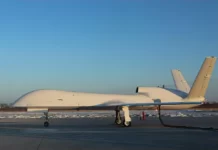
“Suffering considerable losses in their offensives, Russian forces prevail due to the inexorable weight of their human and material resources.” – AKA the meat grinder. putin does not value human life including those of his own citizens. He, as a leader, is a terrible hitler wannabe. All the resources he has wasted trying to be emperor king of some facade dynasty could have been used to better Russia and its citizens. But no, putin wants personal glory.
F him.